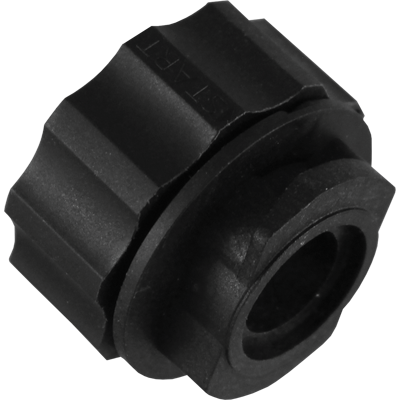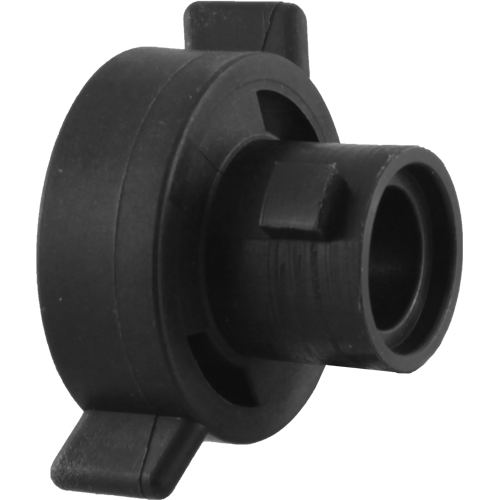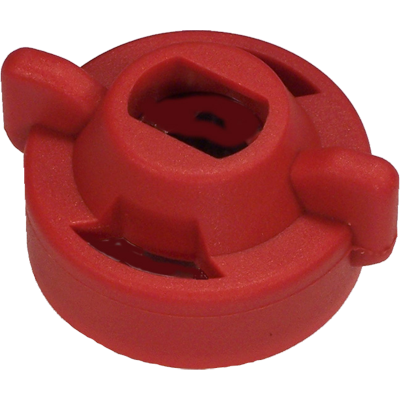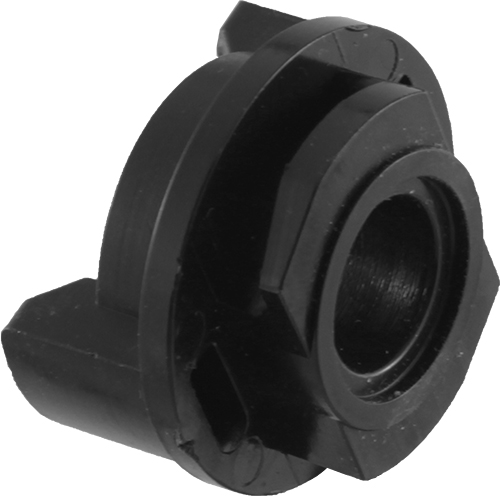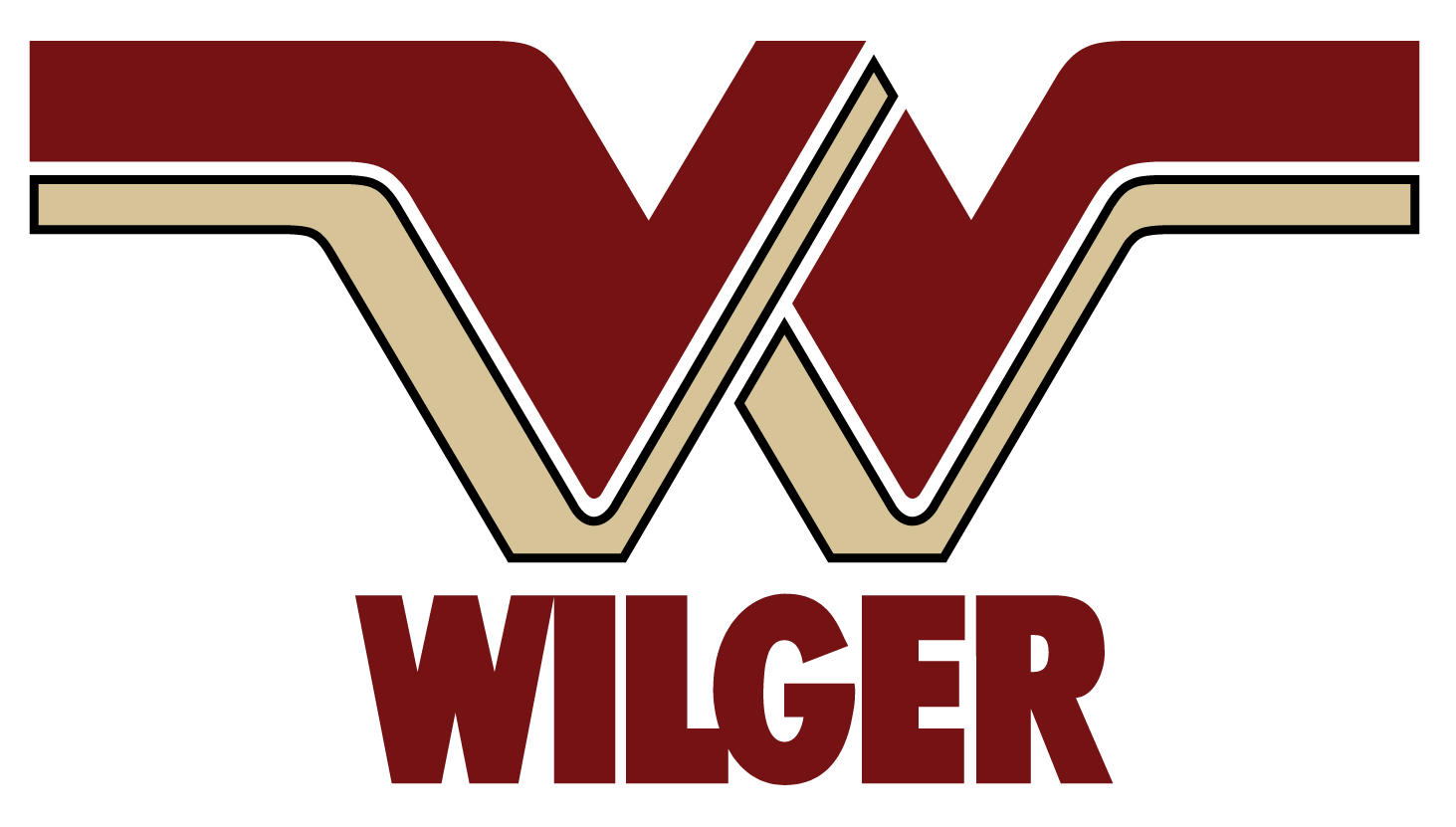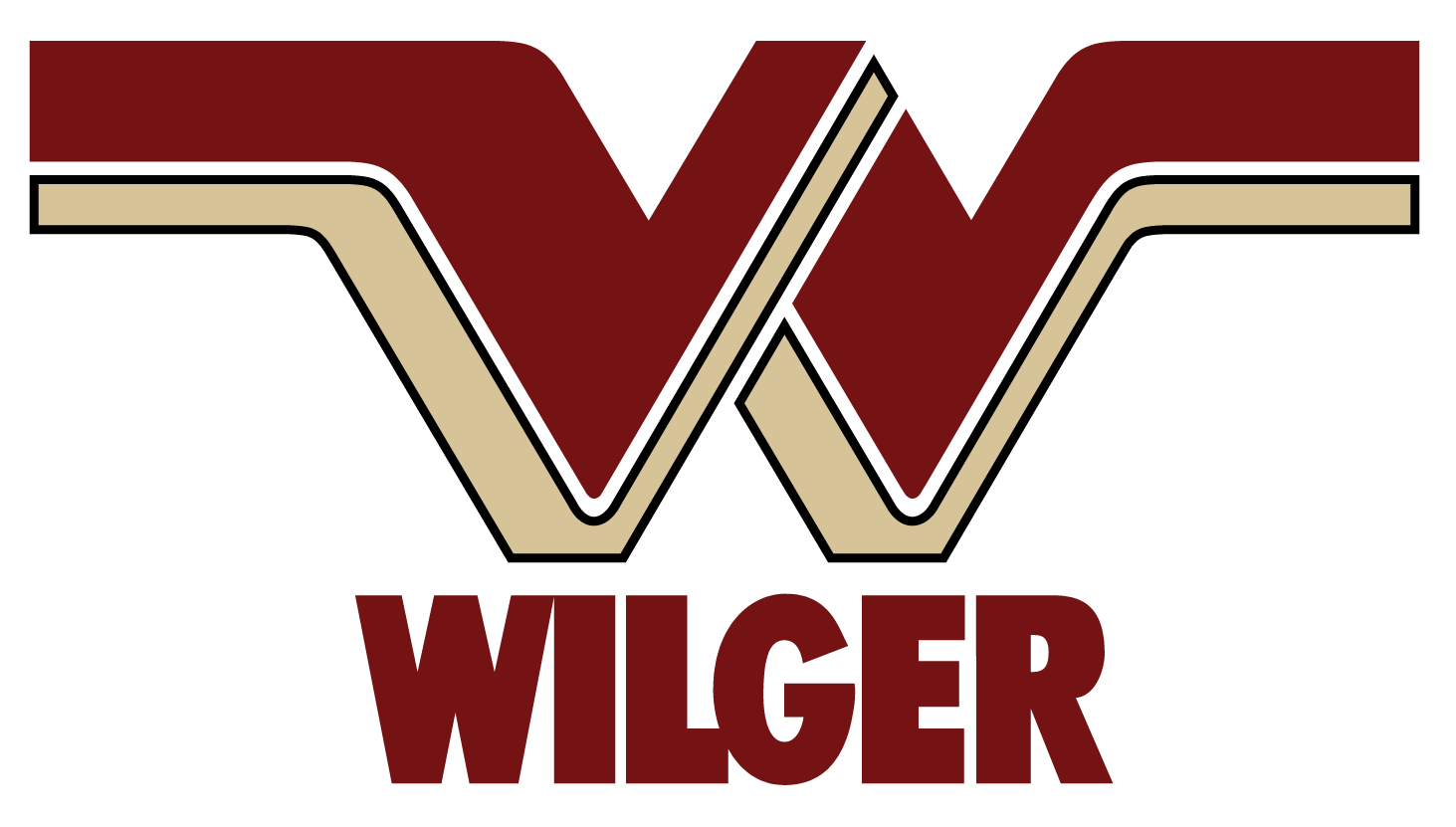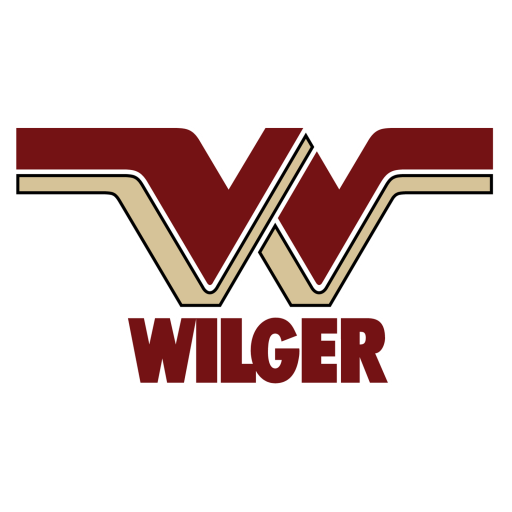New Double-Down spraying adapters
New Product Information – July 2021
Wilger developed a set of new adapters that allow for mounting two Combo-Jet nozzles onto an existing outlet to spray with two nozzles simultaneously.
The two adapters vary based on which nozzle outlet they are being mounted to.
For a Wilger nozzle body outlet (COMBO-JET, COMBO-RATE, etc.), use adapter #40441-00, a quarter turn adapter that mounts onto any COMBO-JET outlet.
For non-Wilger nozzle bodies (e.g. Teejet, Hypro, Arag), use adapter #40206-00, a lock-ring style adapter that mounts directly onto any square lug nozzle outlet, providing two COMBO-JET outlets.
These adapters join the existing COMBO-JET turret outlets with double-down outlets built directly into the turrets (e.g. #41836-00 for a 4 single + 1 Double-Down Combo-Rate turret).
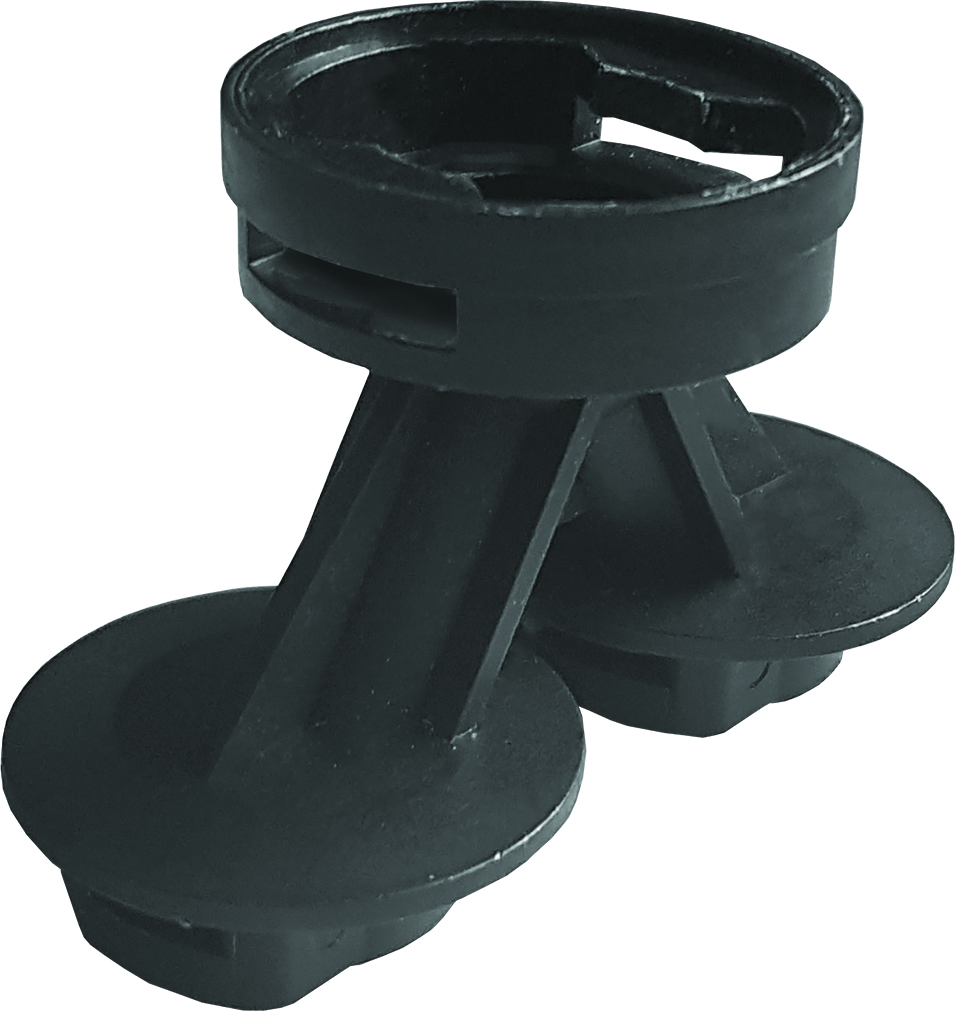
Why Double-Down?
In many high-volume spraying applications (with larger & faster sprayers), a sprayer will have to use a relatively large spray nozzle to apply higher rates of chemical applications.
Unfortunately, many of the chemicals that require these high volume applications also require a high level of coverage (for example, contact-based fungicide or herbicide applications). While using a nozzle that produces medium spray would be the obvious solution to get a finer spray, when it comes to very large nozzles like a -10 or larger, you will meet a conundrum. The higher the flow of a nozzle, the coarser the spray will get, even for the finest nozzles available. At the same time, as you are forced to use the finest nozzle option available (often a conventional flat fan nozzle without any drift reduction), there is often a high level of driftable fines incorporated into the spray pattern as well.
What you can be left with is a nozzle that is too coarse for your ideal spray coverage, while still incurring the high level of off-target driftable fines that will still be generated.
So, that is where a double-down style of spray can be helpful. While a single high flow nozzle can be deemed less effective, splitting the required flow into two more meaningful nozzles can produce an efficiency gain on both matching ideal spray quality as well as mitigating driftable fines to a manageable level.
Running through an example:
An ER110-10 (conventional flat fan, as fine as it gets), at 60PSI might product ~21% driftable fines, with only ~94% of the spray produced (<600µ) being nice and fine for coverage. Subtract the two, and you are left with a gauge of ‘meaningful spray quality’. (The stuff that is fine for coverage, but coarse enough to avoid drifting in ideal conditions). In the ER110-10’s case, 94% – 21% = 73% ‘Meaningful spray’
Compare to an alternative like a paired SR110-06 and an MR110-04 (which are commonly used on many sprayers already), which would change the story as such:
SR110-06 @ 60PSI: 12% driftable fines, 93% small spray
MR110-04 @ 60PSI: 9% driftable fines, 94% small spray
Even as an averaged ~11% driftable fines, and 93% small droplets, the volume of meaningful spray quality would shift to: 93% – 11% = 82%.
So, in this situation, using nozzles that were already on a sprayer for other applications, meaningful spray quality might have increased over 10% while dramatically reducing the amount of spray drift that could be expected.
NOTE about PWM sprayers: Since the PWM spray solenoids produce some pressure drop before the tip (each branded system is a bit different), reference spray tip charts and Tip Wizard results based the pressure drop. So, spray quality of an MR110-04 in a double-down situation would (SR110-06 and MR110-04) be based on a nozzle size of a 110-10.
What about angled nozzles that are split into two flow rates?
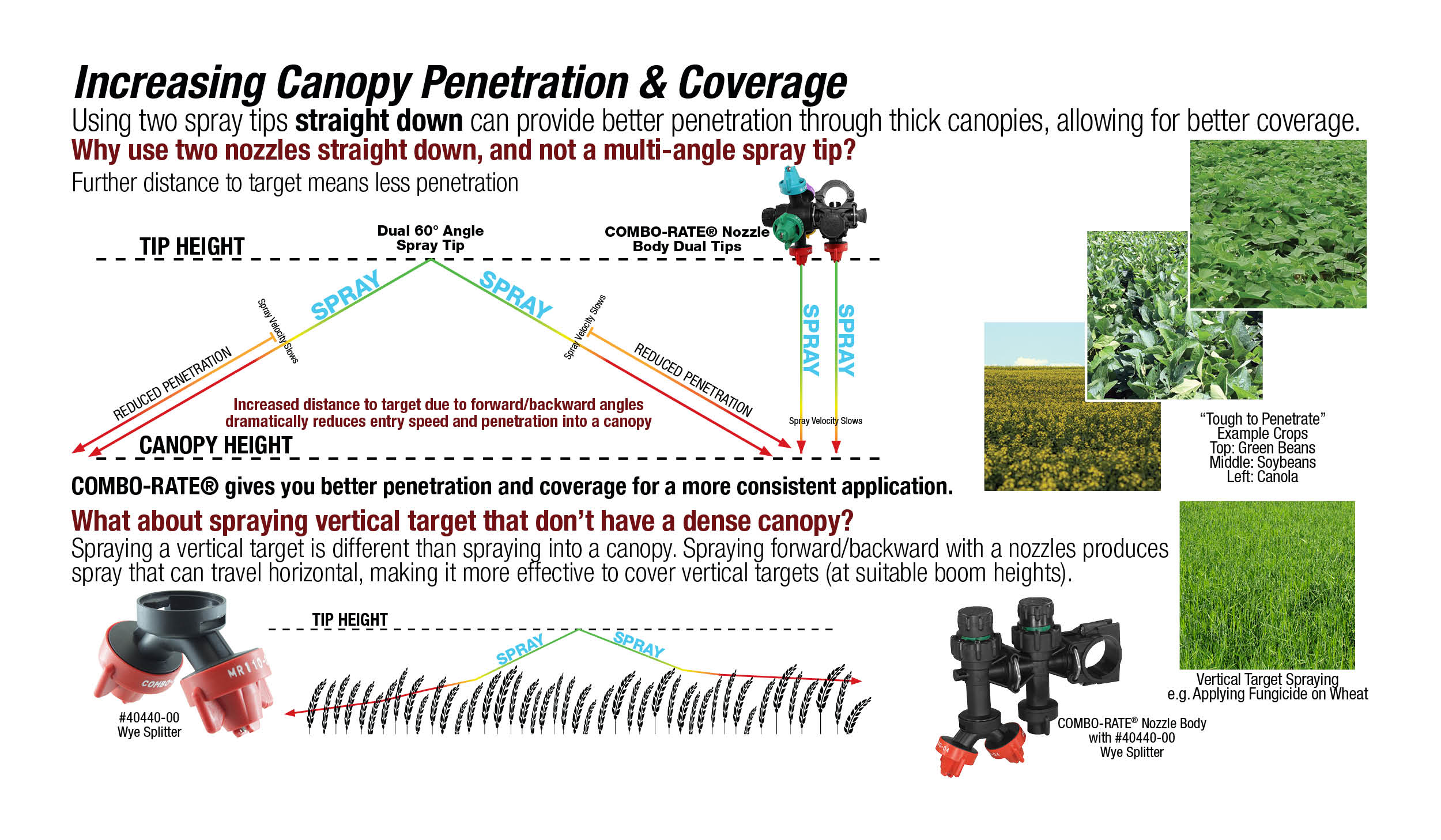
While the same benefit of being able to target a more meaningful droplet size is the same, often there is less incentive or even a penalty for changing the angle of the nozzle (from straight down). It can definitely be a solid tool in the spraying tool chest, but every tool should be used for what it is best at, not just used because it can be.
With the typical spraying speed of self-propelled sprayer as well as the typical spray boom heights (24″-30″+), having an increased angle (e.g. 60° forwards or backwards) dramatically changes how far the spray droplets have to travel before they hit a target. In an in-crop application, this might result in excellent top-canopy coverage, but lackluster mid-canopy and lower coverage.
For the example of 60° angle, the distance the spray has to travel before hitting your target is effectively double of what your boom height is. So, if your spray tip is 20″ (50cm) above the canopy, your spray now has to travel ~40″ (100cm) before it hits any target at all. Since the distance spray droplets is determined by their mass, only the larger droplets can travel further/faster, while the medium-coarse spray droplets that would provide a bulk of the coverage might only travel 14-16″ before they slow down dramatically.
While this is OK and even beneficial for applications the specifically target ONLY the top of the canopy of a crop (e.g. cereal head fungicide), it can minimize the effective spray volume for the lower canopy which are still critical and generally the toughest spots to reach for most other applications.
As far as ways to improve an angled spray application, reducing sprayer speed and reducing sprayer boom height is your best means for improvement.
Remember, when adapting to a lower sprayer boom height, if the nozzles are spraying forward/backward, then it will effect what you can use as your minimum sprayer boom height. In reality, typically boom stability and speed are usually going to be the limiting factor on how low a sprayer boom can be set.
Other Nozzle Adapters
Wilger has a number of adapters that make adapting a Combo-Jet nozzle body to any other style of nozzle body.
#40204-00: TEEJET/HYPRO/ARAG/Square Lug Outlet to Combo-Jet nozzle
#40203-00: Wilger to Square Lug Outlet
#40269-05: Slotted Cap Adapters for Flanged spray tips. (Available in 3/8″ tips, 1/2″ round tips, 7/16″ tips)
#40205-00: Agrifac Nozzle Adapter sleeve
#40202-00: HARDI to Combo-Jet nozzle adapter
